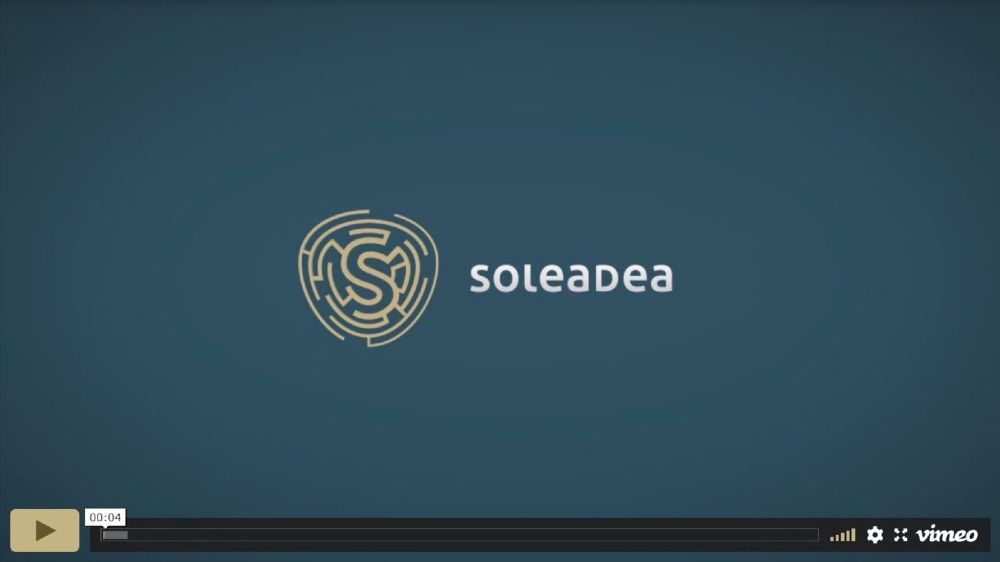Level 1 CFA® Exam:
What Are Derivatives?
A derivative is a financial instrument whose value depends on the value of some underlying asset. There are a number of different assets that may serve as underlying assets for derivatives, for example stocks, stock indices, bonds, interest rates, exchange rates, commodities, other derivative instruments, and so on. Very often the change in the price of the underlying asset, say a share, affects the value of the derivative.
We distinguish between stand-alone derivatives (e.g. a call option giving a right to buy a bond in the future) and derivatives embedded within underlying assets (e.g. a callable bond has a call option embedded inside).
Of course, derivatives are important as long as you can trade in them. Depending on the market on which derivatives can be traded, we can distinguish:
- exchange-traded derivatives (ETD) and
- over-the-counter (OTC) derivatives.
Exchange-traded derivatives are instruments standardized by the stock exchange which defines the amount of the underlying asset, its delivery date, contract volume, and so on. The transactions are registered by the exchange clearinghouse (which is also responsible for their clearing and settlement). The examples of exchange-traded derivatives are futures and options.
OTC derivatives are traded on the so-called over-the-counter or OTC market. Trading in OTC derivatives is not centrally controlled and its instruments are not standardized (you might say they are "tailor-made"). Each contract is entered into by two parties, and the holders of the contract (both "the short" and "the long") run the risk of default. The examples of OTC derivatives are forwards and swaps.
Derivatives can be divided into two categories:
- forward commitments and
- contingent claims.
A forward commitment is a legally binding agreement between two parties to perform certain actions in the future. The buyer of the contract agrees to purchase, and the seller of the contract – to sell an underlying asset at a specific time in the future at a price specified in the contract. In other words, this is a kind of a bet on what the value of the underlying asset (e.g. share, bond, index, interest rate, etc.) will be at the expiration date specified in the contract.
A contingent claim is a claim that depends on a specific event that occurs in the future. An option is an example of a contingent claim which depends on the price of an underlying asset – say a share – at a specific time in the future.
- Derivatives are instruments whose value depends on the prices of other financial instruments called underlying assets.
- We can distinguish between stand-alone derivatives and derivatives embedded within underlying assets.
- We can distinguish between exchange-traded derivatives (ETD) and over-the-counter (OTC) derivatives.


